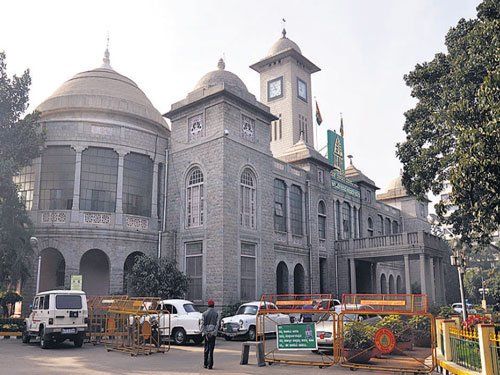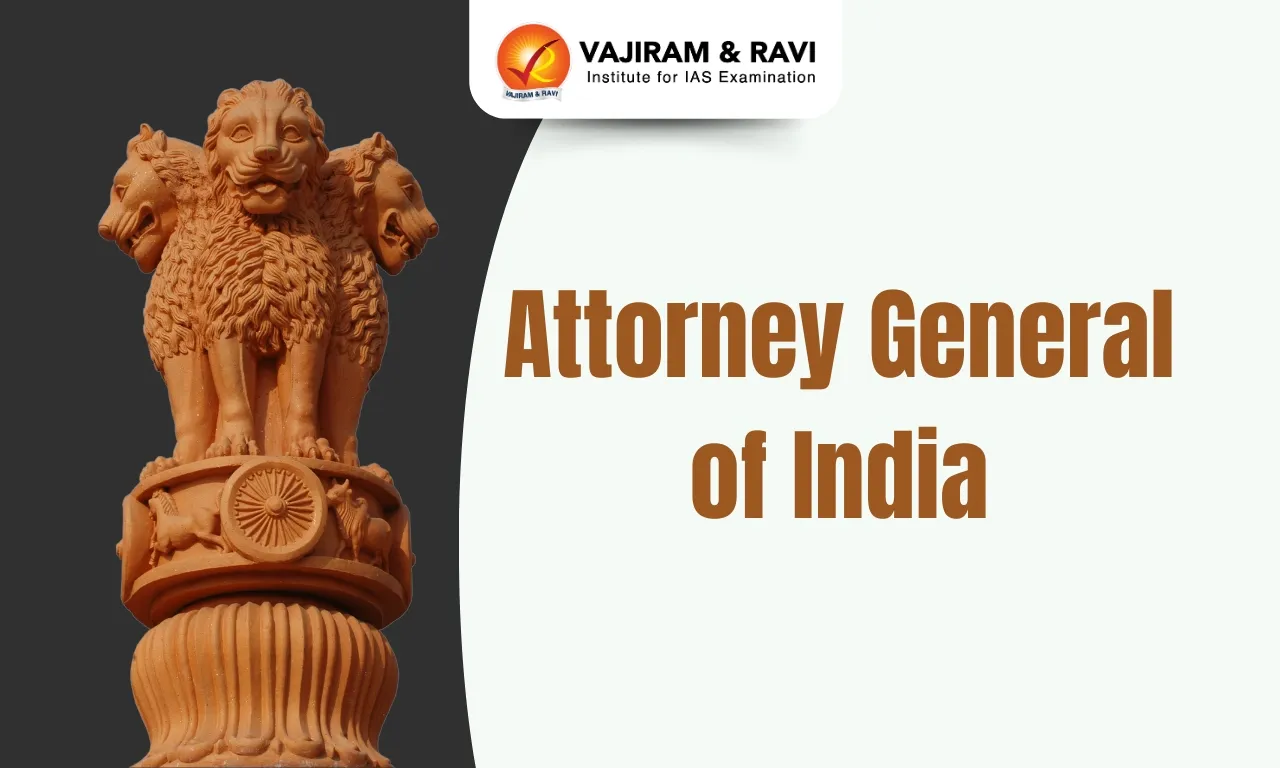Pingali Venkayya, a notable figure in Indian history, is honoured as the creator of India’s national flag. He was a dedicated patriot, linguist, agriculturist, and freedom fighter. His flag design, adopted with minor changes, became the official symbol of independent India. Known as "Jhanda Venkayya," his contributions went beyond the flag.
He was also devoted to India’s freedom and made strides in agriculture and education. Venkayya’s legacy endures in the tricolour that proudly represents the nation.
Pingali Venkayya Life History
Pingali Venkayya was born on August 2, 1876, in Bhatlapenumarru, near Machilipatnam in Andhra Pradesh’s Krishna district. From a young age, he showed a strong interest in learning and education. His studies took him to Colombo, where he pursued geology. Later, he explored languages like Japanese, Urdu, and Sanskrit, highlighting his love for languages.
- After returning to India, he worked briefly as a railway guard and then focused on research in agriculture, particularly cotton cultivation. His interest in this field earned him the nickname "Patti Venkayya" (Cotton Venkayya).
- Venkayya’s life shifted during the British Boer War (1899-1902), where he served in the British Indian Army. His experiences during the war heightened his awareness of India’s political situation and intensified his patriotism.
- He was also known as "Japan Venkayya" after delivering a speech in Japanese at Bapatla in 1913. The period exposed him to ideas of nationalism and solidified his resolve to contribute actively to India’s freedom struggle.
Pingali Venkayya Contributions
Pingali Venkayya was a staunch follower of Mahatma Gandhi and played a crucial role in the Indian freedom struggle. He first met Gandhi during his service in South Africa, which formed a lifelong association with the leader.
- Between 1918 and 1921, he advocated for a distinct flag at various Indian National Congress sessions while working as a lecturer at Andhra National College
- In March 1921, at a meeting of the Indian National Congress in Vijayawada (Bezawada), Gandhi proposed the need for a national flag.
- Venkayya presented his design for the Swaraj Flag, initially featuring saffron and green colours to symbolize Hindus and Muslims, respectively.
- The flag evolved to include a white band representing peace and a spinning wheel (charkha) at its centre, symbolizing self-sufficiency and progress.
- This design became synonymous with India's quest for independence and was officially adopted by the Indian National Congress in 1931.
- Pingali Venkayya actively participated in various movements from 1906 to 1922, including the Vande Mataram movement and the Home Rule Movement.
- Despite briefly working as a plague officer, his patriotism drove him back to activism.
- Pingali earned the title "Diamond Venkayya" for setting a record in diamond mining in Andhra Pradesh.
- After India gained independence, he settled in Nellore and served as an advisor to the Government of India's Mineral Research Department.
- In 1955, he wrote extensively on minerals and diamonds, publishing the renowned book "The Mother of Diamonds."
Pingali Venkkaya Legacy
Pingali Venkayya passed away on July 4, 1963, but his contributions to India's independence are celebrated in present. He is often referred to as the "Father of the Tiranga" (Tricolor) for his pivotal role in designing the national flag that represents India’s spirit of freedom.
- In recognition of his efforts, India issued a commemorative postage stamp featuring him in 2009.
- A bronze statue of Pingali Venkayya was also unveiled at the Collectorate in Guntur district during the 'Azadi Ka Amrit Mahotsav' program in 2021 to commemorate India's 75th anniversary of independence.
Pingali Venkayya UPSC PYQs
Question 1: What is the number of spokes in the Dharmachakra in the National Flag of India? (UPSC Prelims 2008)
(a) 16
(b) 18
(c) 22
(d) 24
Answer: (d)
Question 2: With reference to Madanapalle of Andhra Pradesh, which one of the following statements is correct? (UPSC Prelims 2021)
- Pingali Venkayya designed the tricolour Indian National Flag here.
- Pattabhi Sitaramaiah led the Quit India Movement of Andhra region from here.
- Rabindranath Tagore translated the National Anthem from Bengali to English here.
- Madame Blavatsky and Colonel Olcott set up the headquarters of Theosophical Society first here.
Answer: (c)
Last updated on December, 2025
→ Check out the latest UPSC Syllabus 2026 here.
→ Join Vajiram & Ravi’s Interview Guidance Programme for expert help to crack your final UPSC stage.
→ UPSC Mains Result 2025 is now out.
→ UPSC Notification 2026 is scheduled to be released on January 14, 2026.
→ UPSC Calendar 2026 is released on 15th May, 2025.
→ The UPSC Vacancy 2025 were released 1129, out of which 979 were for UPSC CSE and remaining 150 are for UPSC IFoS.
→ UPSC Prelims 2026 will be conducted on 24th May, 2026 & UPSC Mains 2026 will be conducted on 21st August 2026.
→ The UPSC Selection Process is of 3 stages-Prelims, Mains and Interview.
→ UPSC Result 2024 is released with latest UPSC Marksheet 2024. Check Now!
→ UPSC Prelims Result 2025 is out now for the CSE held on 25 May 2025.
→ UPSC Toppers List 2024 is released now. Shakti Dubey is UPSC AIR 1 2024 Topper.
→ UPSC Prelims Question Paper 2025 and Unofficial Prelims Answer Key 2025 are available now.
→ UPSC Mains Question Paper 2025 is out for Essay, GS 1, 2, 3 & GS 4.
→ UPSC Mains Indian Language Question Paper 2025 is now out.
→ UPSC Mains Optional Question Paper 2025 is now out.
→ Also check Best IAS Coaching in Delhi
Pingali Venkayya FAQs
Q1. Which was the first flag of India designed by Pingali Venkayya?+
Q2. Who is the father of Tiranga?+
Q3. What is the nickname of Pingali Venkayya?+
Q4. What inspired Venkayya to design the flag?+
Q5. When was the Indian National Flag officially adopted?+
Tags: pingali venkayya quest

















